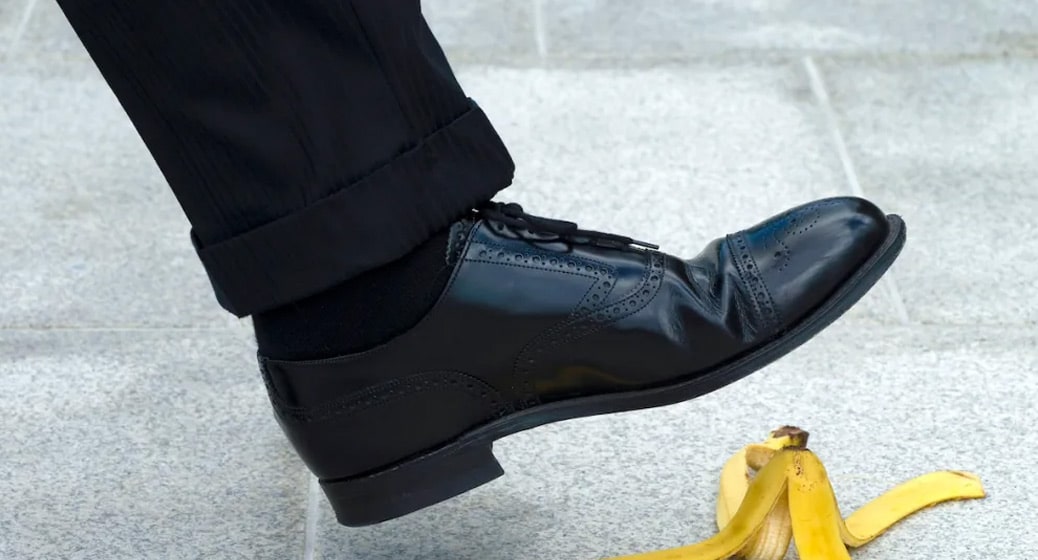My Amazing Mistake
I just made an amazing mistake—in an art museum. The docent asked us to think about what in our own experience draws us to any one of the three pieces she specified.
I was already captivated by the one to the right of those three and said, “That one over there is Philadelphia. I am so moved to see this photo, as I was born and raised there.”
There it was, the El, what we called the train that is mostly elevated above the city. It filled me with nostalgia and was all I could see.
Only it wasn’t Philadelphia. The photo was listed as from The Philadelphia Museum of Art. But all I saw was Philadelphia and that was it for me.
When the docent clarified my mistake, I felt embarrassed and absolutely amazed by the trickery of my heart and mind.
Nobel Prize winner, Daniel Kahneman, has written on a variety of cognitive biases that cause humans to be mistaken. Possibly, my mistake was the one called “Anchoring,” as I relied on a single limited piece of information to frame the whole thing incorrectly for myself.
Why I find this so amazing is that it was so right there in black and white, and causes me to wonder and worry what else I may be getting wrong that matters a whole lot more.
Mistakes That Matter More
Here are some statistics on human mistakes that matter more:
– Human error is the primary cause of 90% of industrial accidents.
– Human error causes approximately 80% of all aviation accidents.
– Human error contributes to 44,000 to 98,000 deaths per year in U.S. hospitals.
– Human error contributes to 95% of cybersecurity incidents.
– Human error is the leading cause of data loss for SMEs, with 58% affected.
– Around 50% of all environmental disasters are caused by human error.
– Human error is the cause of up to 80% of process plant incidents.
– Human error is top threat to information security for 47% of businesses/organizations.
In my own work, I try to present my observations as hypotheses, until and unless confirmed by the client. Even then, I believe it is important to remain open to revisions, because people can make perceptual mistakes together, and things may begin to look different as time goes on and new information rolls in.
Don’t forget, as I repeat ad nauseam, we humans are conscious of only about 50 bits of information per second out of the ∼6 × 1080 bits of information available out there in the observable universe. So, humbling as it may be, we are not exactly playing with a full deck.
Therefore, what? How can we do our best to prevent mistakes humans make, and what are best practices for once we have made them?
2 Ways to Prevent Mistakes
1. Slow down and engage in deliberate thinking: Many mistakes occur when we rely on quick, automatic thinking processes (referred to as “System 1” thinking by Kahneman) rather than engaging in more deliberate, analytical thinking (referred to as “System 2” thinking). By consciously slowing down and engaging System 2 thinking, we can better assess situations, consider relevant information, and make more accurate judgments and decisions.
(Power Breathing, instructions here, is the best reset I know to get us into higher order thinking. Click here for a real life story on how an editor at a prestigious university saved time, money, and angst with the higher brain in charge.)
2. Seek diverse perspectives and feedback: Another valuable approach to preventing mistakes is to actively seek out diverse perspectives and feedback. When we rely solely on our own thoughts and judgments, we are more prone to biases and blind spots. By involving others and encouraging diverse viewpoints, we can gain new insights, challenge our assumptions, and identify potential errors or oversights.
2 Ways to Fix Mistakes
Once we have made a mistake, it’s important to respond in a constructive and proactive manner. Here are two recommended actions to take after making a mistake:
1. Take responsibility and learn from the mistake: Acknowledge and take ownership of the mistake we’ve made. Avoid making excuses or shifting blame onto others. Reflect on what went wrong and why it happened. By understanding the factors that contributed to the mistake, we can learn valuable lessons and gain insights for future situations. We can then use the experience as an opportunity for growth and improvement.
2 Take corrective action and make amends if necessary: Depending on the nature of the mistake, it may be necessary to take immediate corrective action. If the mistake has affected others, we can consider reaching out to them, apologizing if appropriate, and taking steps to make amends. Apologizing comes easier to some than to others. And “I am sorry if you…” types of apologies can do more harm than good. But demonstrating accountability and actively working to resolve the situation can help build trust and relationships.
Remembering that making mistakes is a normal part of being human can help prevent defensive maneuvering that only makes things worse. And for help with this or something else, Contact Me at weissmadelaine@gmail.com
Warmly,
Madelaine
Photo by Kstudio on FreePik
Keep Reading
Want more? Here are some other blog posts you might be interested in.








